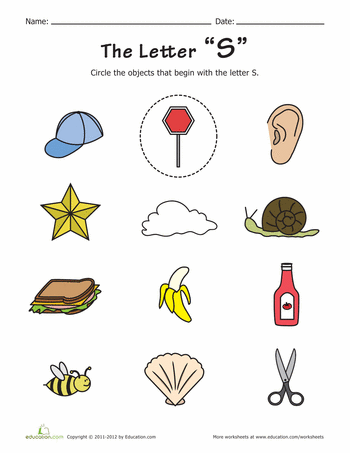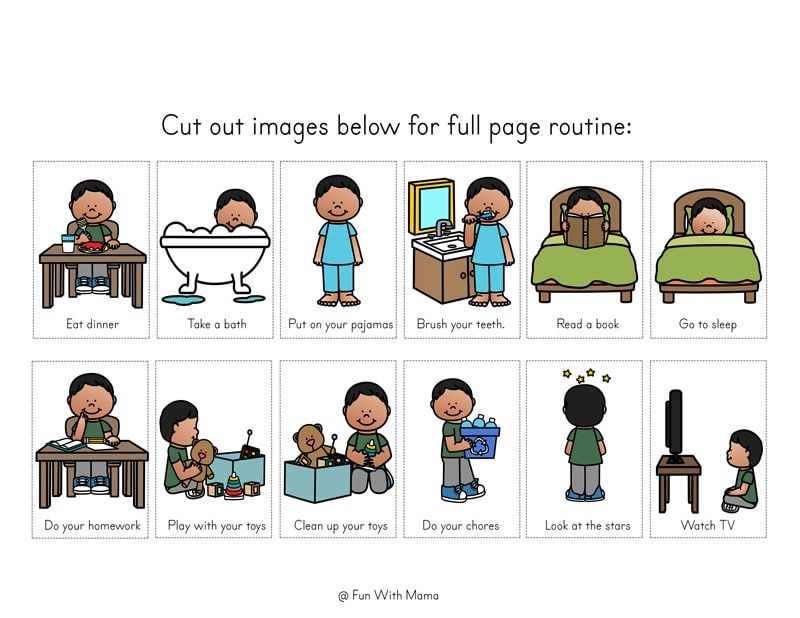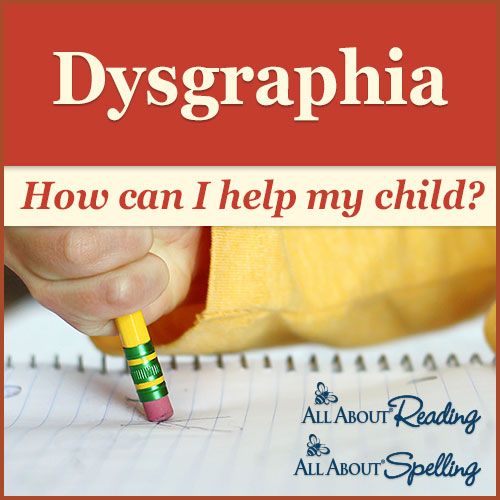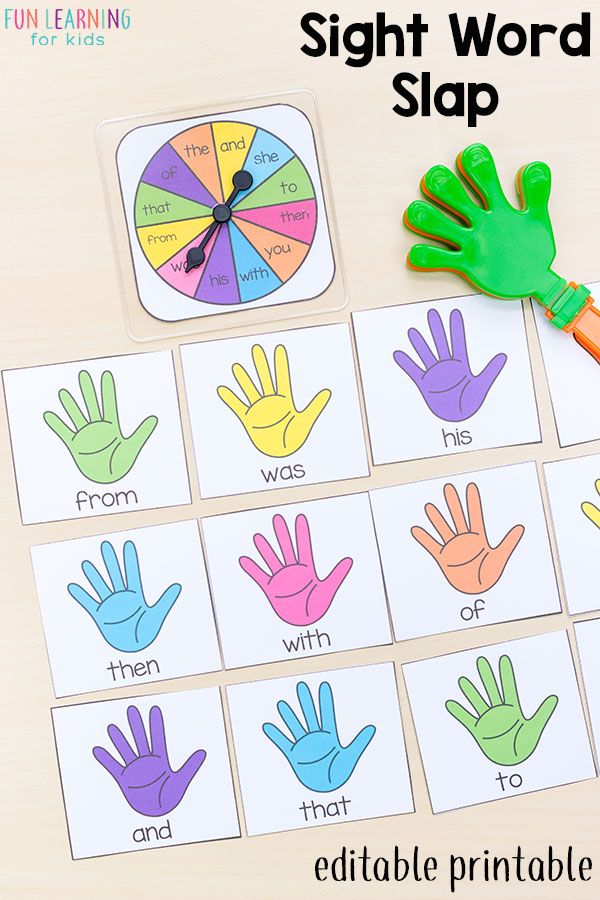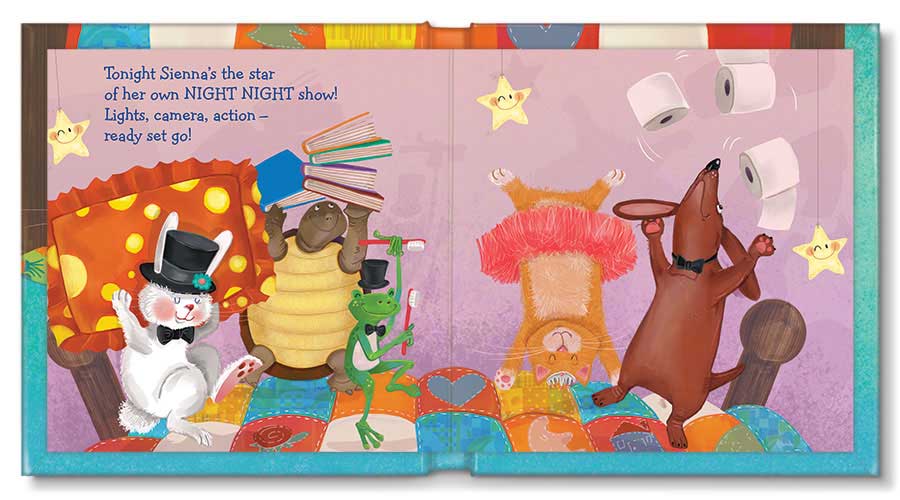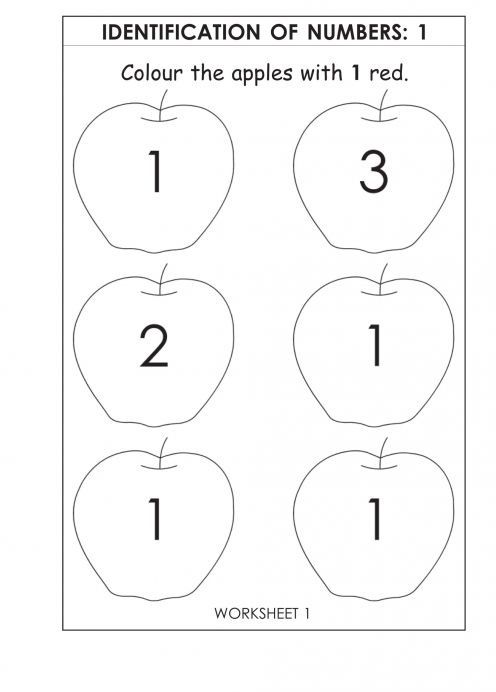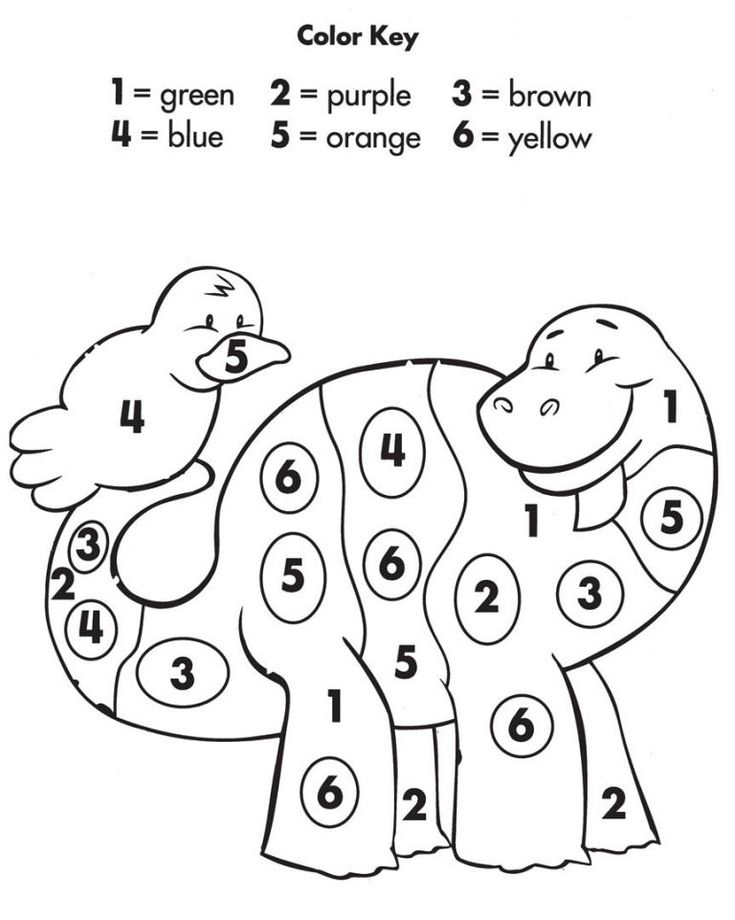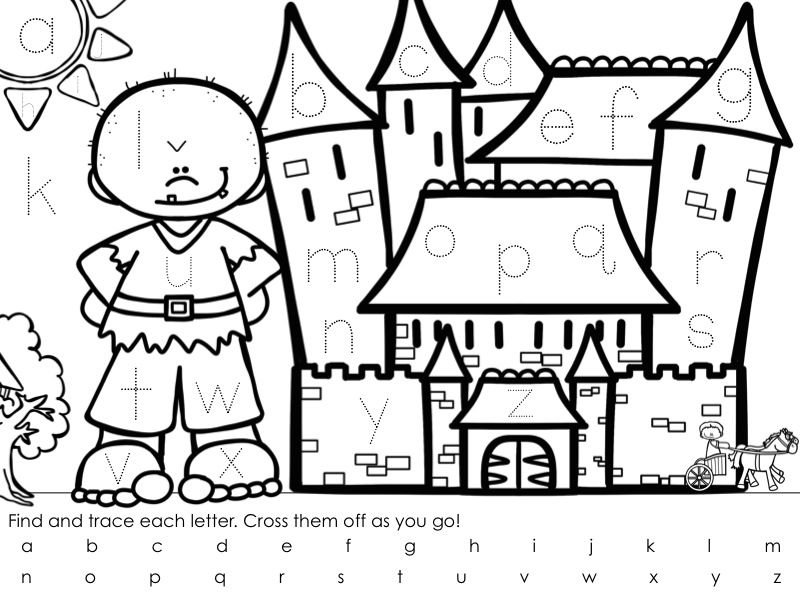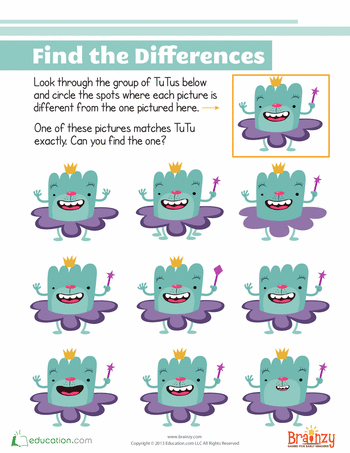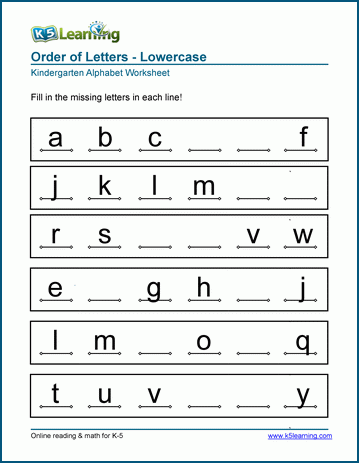What age should a child recognize letters and numbers
FAQ: Your Reading Child
Q: How old should a child be when he or she learns to recognize letters?
A: Most children learn to recognize letters between ages 3 and 4. Typically, children will recognize the letters in their name first. By age 5, most kindergarteners begin to make sound-letter associations, such as knowing that “book” starts with the letter B.
Q: How old should a child be when he or she learns to read?
A: By age 6, most 1st graders can read some words aloud with ease. Typically, children recognize their names and some sight words. At this age most children can sound out some letter combinations. By 2nd grade, most children are able to sound out a simple book.
Q: What is phonics?
A: Phonics is simply the method of teaching someone to read by sounding out letters and letter groups. Phonics practice can involve reading books with only simple words, many of which rhyme or have similar letter patterns.
Q: How do you read with a child who is just learning letters and sounds?
A: To introduce the concept of letters and sounds, start by showing your child the letters in her name. Name each letter and sound out each sound. You can do this with other words that interest her (mom, dad, baby, etc.). Once your child knows most of the letters in the alphabet, point to letters in the books you read with her, and ask her what they are. Show her how you sound out simple words:
This word starts with “D” which is the “duh” sound. Then there’s an “o” and a “g”. The “g” makes a “guh” sound. “Duh”-o-“guh”. Do you think that word is dog?
As your child learns to read, try alternating pages in a simple book — you read one page, she tries to read the next.
Q: What are appropriate books for my child’s age and/or level?
A: Using Lexile Measures or Leveled Reading, your child’s school has probably determined the level at which your child is reading. Your goal is to help your child pick books that are challenging, but not too hard to enjoy. Librarians, teachers, and online databases like those at www.lexile.com can help.
Q: What is leveled reading?
A:Leveled reading is a way to match a reader to a book that is at the just-right level for him.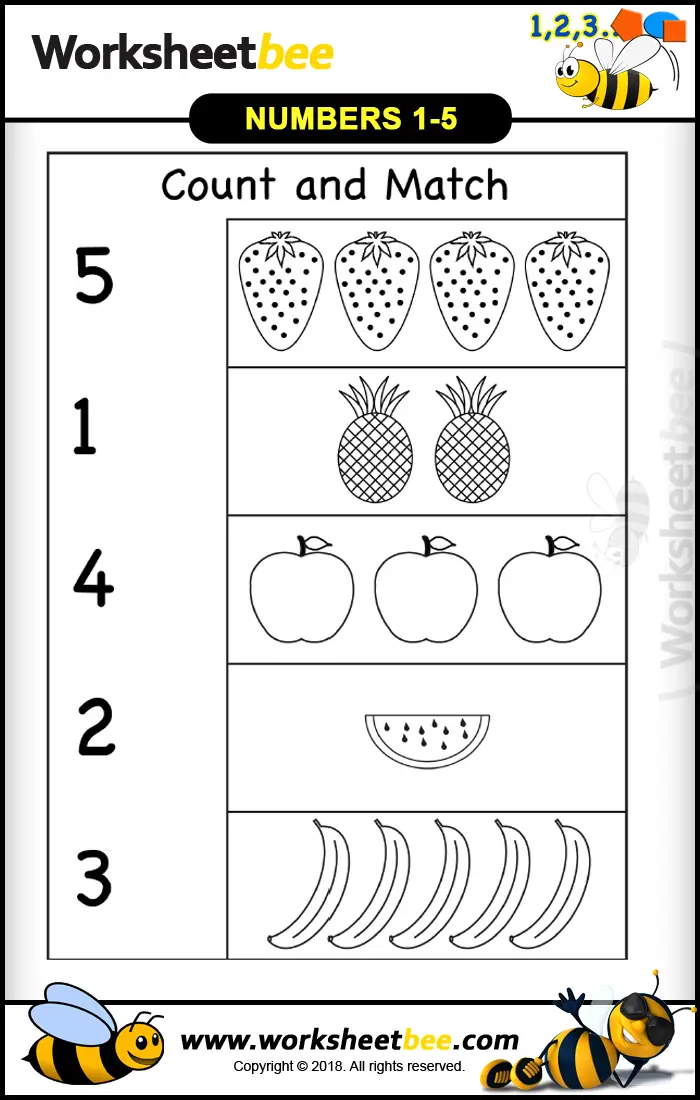 An emerging reader needs to be challenged to read more difficult books, but the books can’t be too hard for him to attempt on his own. When entering a leveled reading program, a student first takes a test to determine his level.
An emerging reader needs to be challenged to read more difficult books, but the books can’t be too hard for him to attempt on his own. When entering a leveled reading program, a student first takes a test to determine his level.
Q: What is a Lexile Measure?
A: Both books and readers can be measured using the Lexile Framework. If your student has taken a test at school and received a Lexile Measure, you can visit www.Lexile.com to learn how to best use this information, including ways to find the perfect level book for your child.
Q: My child isn’t reading at his grade level and he says she “hates” reading. What should I do?
A: If your child falls behind even in early elementary school, you may want to have her evaluated for a learning disability. Even if the result is inconclusive, it’s best to know if your child has any special issues, as there are methods to teaching reading to children with special needs that work better than some traditional reading programs. Alternately, your child might just need more engaging books. There are many books available, such as the Captain Underpants series, as well as comic books, which “reluctant readers” love. Keep your child engaged with reading by encouraging her to read what she enjoys.
Alternately, your child might just need more engaging books. There are many books available, such as the Captain Underpants series, as well as comic books, which “reluctant readers” love. Keep your child engaged with reading by encouraging her to read what she enjoys.
Q: Where can I find lists of quality children's books?
A: The Association for Library Service to Children grants book and media awards to the best offerings for children. This is where you can find information on recent Newbery Award winners (most distinguished contribution to American literature for children) and Caldecott Medal winners (most distinguished American picture books), among others. This site also houses multiple book lists for children
Q: How can I encourage my child to read despite all the other distractions?
A: The best way to show that reading books can be fun and rewarding is to model the behavior you want from your children After dinner or on a lazy weekend afternoon, instead of turning on a movie or the TV, curl up with your own book, and encourage your child to do the same. Young children also love being read to, and if you are tired of the books in your house, a trip to the library can give you a new stack to read. Even if this only happens once a week, it may become a cherished family tradition.
Young children also love being read to, and if you are tired of the books in your house, a trip to the library can give you a new stack to read. Even if this only happens once a week, it may become a cherished family tradition.
At What Age Should a Child Know the Alphabet?
As children grow, they naturally hit learning milestones. One of the most critical educational milestones a child must reach is learning the alphabet, which prepares them for reading and writing.
But at what age should a child know the alphabet?
In this article, you will learn at what age a child should know how to recite the alphabet, recognize and write individual letters, learn letter sounds, and eventually learn how to read. Read on to make sure your little one is on the right track!
At What Age Should a Child Know the Alphabet?
Recitation
Typically, by the age of three, children should be able to recite the alphabet. However, every child is different. Some toddlers may learn in their twos, and others might not pick it up until the late threes.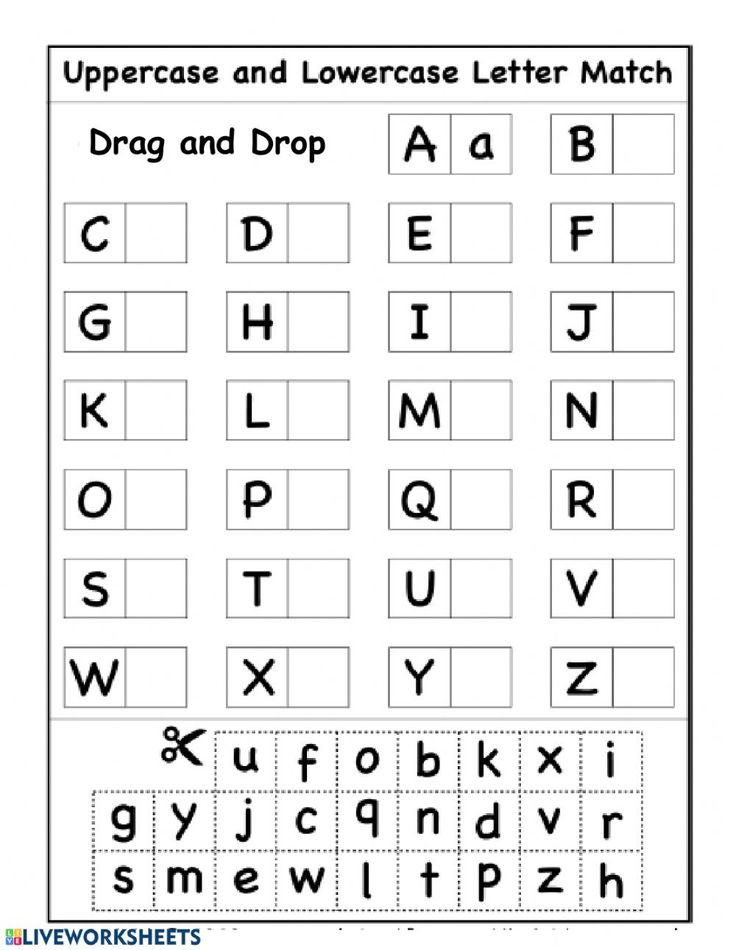
Children generally learn how to recite the alphabet through repetition. If you sing the ABC song to your kids often, they are more likely to pick it up quicker, just as they would any song.
Recognition
Most children can recognize letters between the ages of three and four. Most kids will recognize the letters in their name first.
For example, a boy named Jace will probably be able to remember what the letter “J” looks like as well as recognize most other letters in his name. Similar to alphabet recitation, use repetition to teach your children about recognizing individual letters. You may ask them, “What letter is that?” whenever you see an isolated letter.
Writing
By ages four to five, children will start writing letters. Children will learn to write the alphabet in preschool and kindergarten, but it may be beneficial to have your child practice writing his/her letters at home. Most children at this age know that written symbols represent messages and may be interested in writing on their own.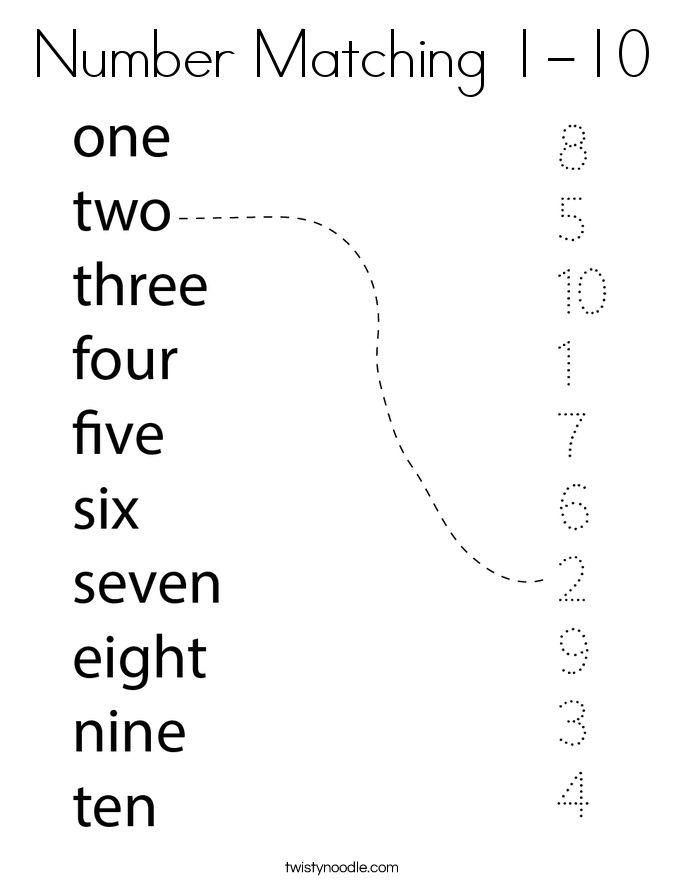 One of the easiest ways children learn how to write letters is to begin tracing them.
One of the easiest ways children learn how to write letters is to begin tracing them.
Additionally, teaching your child how to write his/her name is an important step that will ultimately help them become familiar with writing the rest of the alphabet.
Sounds
By five years old, children will start to associate letters with their accompanying sounds, otherwise known as phonics. In other words, around the age of five, children should be able to reason that the word “book” starts with the letter B.
Children begin learning phonics in kindergarten, which is a vital step to decoding written text and begin reading.
Reading
By six years old, first graders should be able to read words aloud with ease. For the most part, children can recognize sight words and their names. Moreover, children can decode some words by sounding out their letter combinations.
By second grade, a child should be able to sound-out a simple book. By the third grade, your child should be able to read independently and fluently.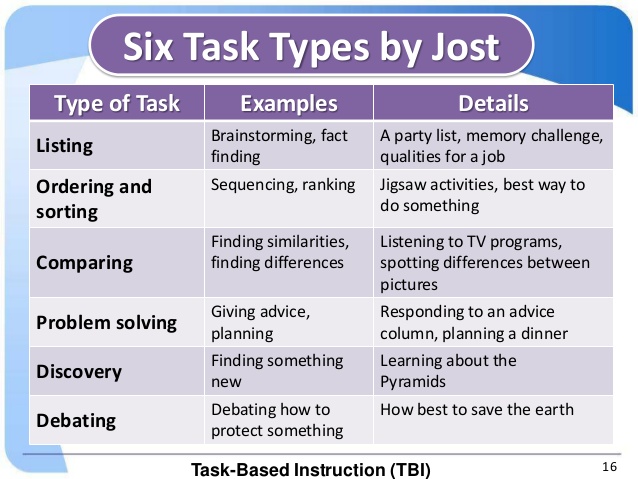 By this point, your child should be a master of the alphabet and is ready to master the art of reading!
By this point, your child should be a master of the alphabet and is ready to master the art of reading!
What If Your Child Isn’t Learning at the Rate S/He Should?
It’s important to remember that every child is different and may learn at a different rate. If your child isn’t learning the alphabet at the pace s/he should, one reason may be because s/he isn’t interested or is simply undergoing a minor setback.
However, if your child is falling severely behind, it’s important to find out if your child truly has a problem learning or if it is nothing to worry about. Therefore, work one-on-one with your child to determine if there is a problem. For example, practice reading and writing with your child. If s/he is having a hard time comprehending the instruction or if it’s taking him/her an abnormally long time to do the task, consider talking with your child’s teacher about it.
In the end, if you suspect your child might have a reading or learning disability, discuss it with a doctor.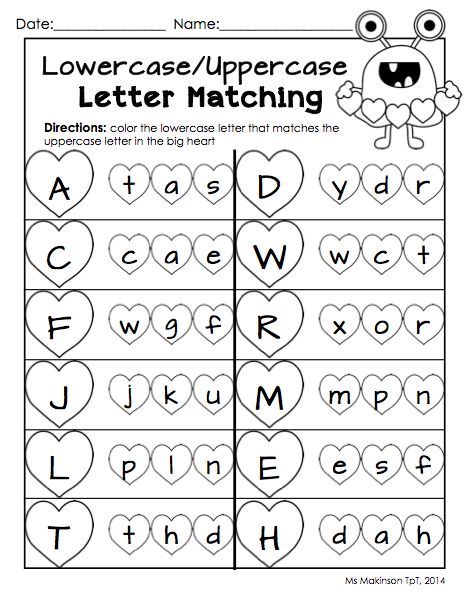 If your child is truly suffering from a reading disability, it can cause him/her to fall behind in his/her education. The sooner you seek help, the sooner you will be able to find a solution that works for your precious little one!
If your child is truly suffering from a reading disability, it can cause him/her to fall behind in his/her education. The sooner you seek help, the sooner you will be able to find a solution that works for your precious little one!
Learn the Alphabet at a Top-Tier School!
So at what age should a child know the alphabet? Learning the alphabet is an ongoing process. That being said, it’s crucial to enroll your little one in a school that will not only teach him/her but also helps develop in him/her a love of learning.
Smaller Scholars Montessori Academy helps children become more confident, creative, and independent through the acclaimed Montessori experience. You can enroll your child in the toddler program, which is for kids between the ages of eighteen months and three years, or in the primary program, for children between three and six years. In both programs, children have a rich classroom environment in which they are encouraged to explore, learn, and thrive. Then, as children grow older, they can explore the elementary program for kids up to twelve years old.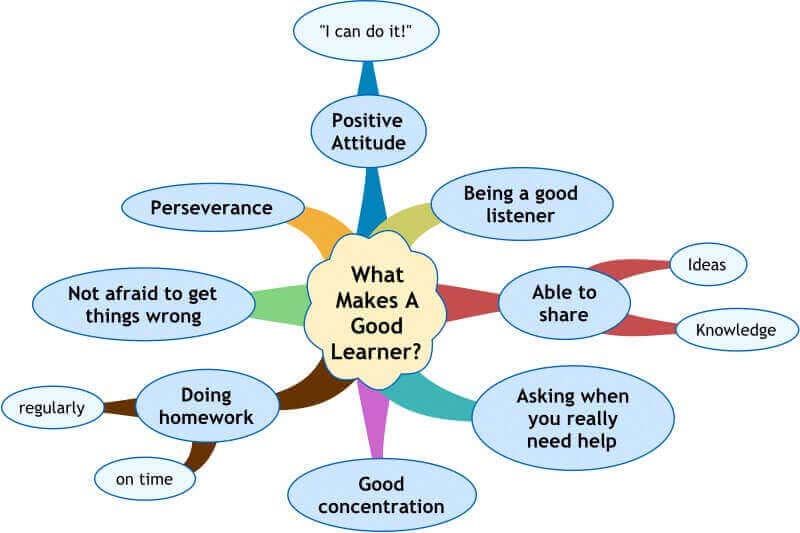
What are you waiting for? Ensure your child learns the alphabet and how to read by enrolling your child in Smaller Scholars Montessori Academy! Contact them to learn more.
At what age should a child know letters. At what age should children start learning letters and numbers? Techniques for learning the alphabet
To this day, disputes about the benefits and harms of early learning for children do not stop. Some parents begin to teach the baby letters and numbers even before the baby speaks coherently. Others completely rely on children's educational institutions and believe that it is not necessary to deprive a child of childhood. Meanwhile, a child can learn a lot easily and with interest, if you approach the teaching of a preschooler creatively and with knowledge of the characteristics of the development of children of this age. nine0003
When is the best time to start learning letters
Some time ago the idea of early childhood development was very popular.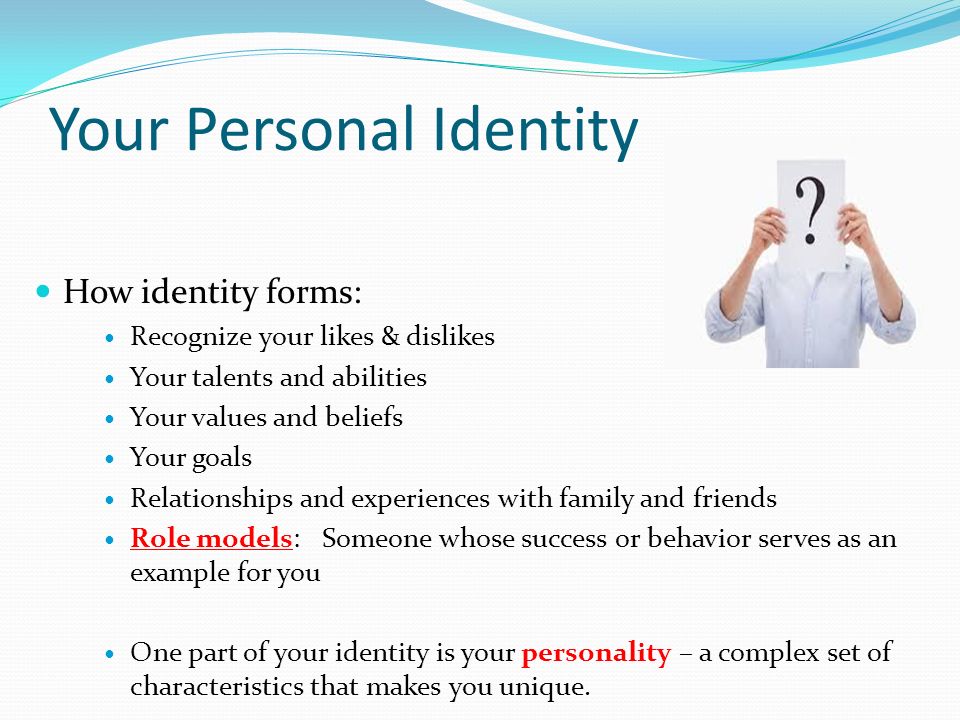 Teachers developed various methods of early learning, many experts stated that the earlier a child begins to purposefully teach, the better, the more he can achieve.
Teachers developed various methods of early learning, many experts stated that the earlier a child begins to purposefully teach, the better, the more he can achieve.
As time went on, this statement began to be questioned more and more. Long-term observations have shown that neither early genius nor earlier training guarantees higher achievements in the future. On the contrary, a significant part of the children who began to be taught early and who showed great promise did not live up to these hopes. Parts of the brain in babies are formed gradually, and attempts to force events can lead to such unpleasant consequences as logoneuroses, tics, or impaired coordination. Therefore, neuropsychologists advise starting a child's acquaintance with letters and numbers at the age of 4-5 years. nine0003
Parents should be aware that learning to read begins much earlier than learning the alphabet. When parents talk to the baby, encourage the child to speak correctly, read books to him and teach him poetry, they thereby develop speech and lay an interest in reading and a desire to be able to read.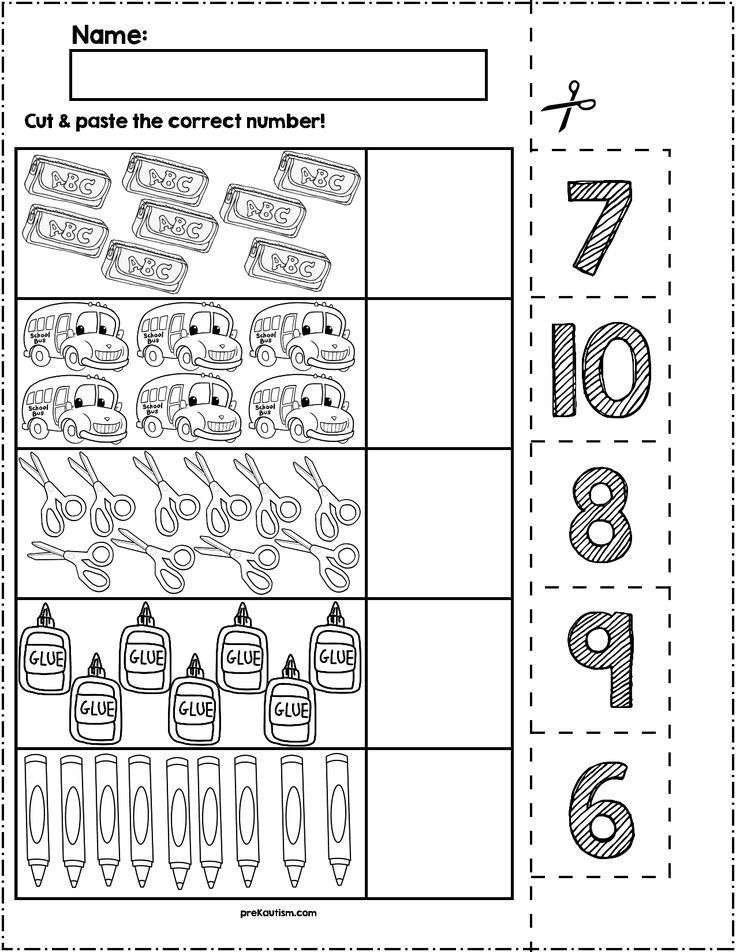
This is a very important, so to speak, "pre-letter" period. It begins from the moment when the child learns onomatopoeia and repeats the simplest sound combinations after the adult: the cow says "mu-mu", the dog - "woof-woof", the mouse - "wee-wee-wee". The repetition of sounds and syllables develops the phonemic hearing of the child, without which it is impossible to learn to read in the future. nine0003
Somewhat later, the child repeats simple nursery rhymes after the adult and retells small fairy tales. During this period, it is especially important to encourage and maintain a child's interest in reading and storytelling. It is also important to develop graphic skills in the baby, because learning letters implies that the child will draw them right away.
The main activity of a preschool child is play. It is with the help of the game that the preschooler learns the world and learns. Therefore, all preschool education should be carried out in an entertaining way.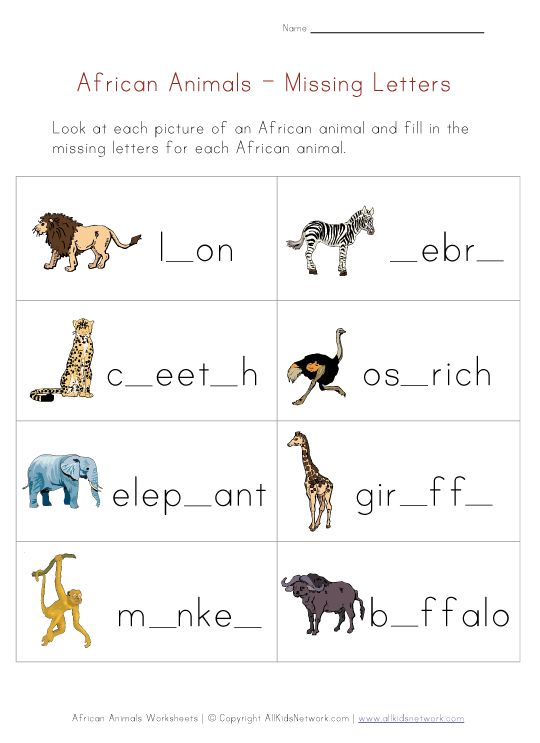 The child very quickly remembers what is entertaining and interesting. nine0003
The child very quickly remembers what is entertaining and interesting. nine0003
So, it is better to start learning letters with a child from the age of 4 - 4.5 years, and before that, fully go through the pre-letter period: talk a lot with the baby, read to him, encourage him to tell stories himself, retell or compose fairy tales on his own.
How to learn letters with a child
If the child was fully engaged in the "pre-letter" period, then by the age of 4-4.5 he already wants to learn to read. You can increase the motivation to learn to read with the help of fairy tales, cartoons and poems. For example, read the following lines to a child: nine0003
How good it is to be able to read!
No need to pester your mother,
No need to shake your grandmother:
“Read, please! Read!"
No need to beg sister:
"Well, read another page!"
Don't call,
No need to wait, but you can take
And read.
(V. Berestov)
And then one day a colorful poster with letters appears on the wall in the nursery.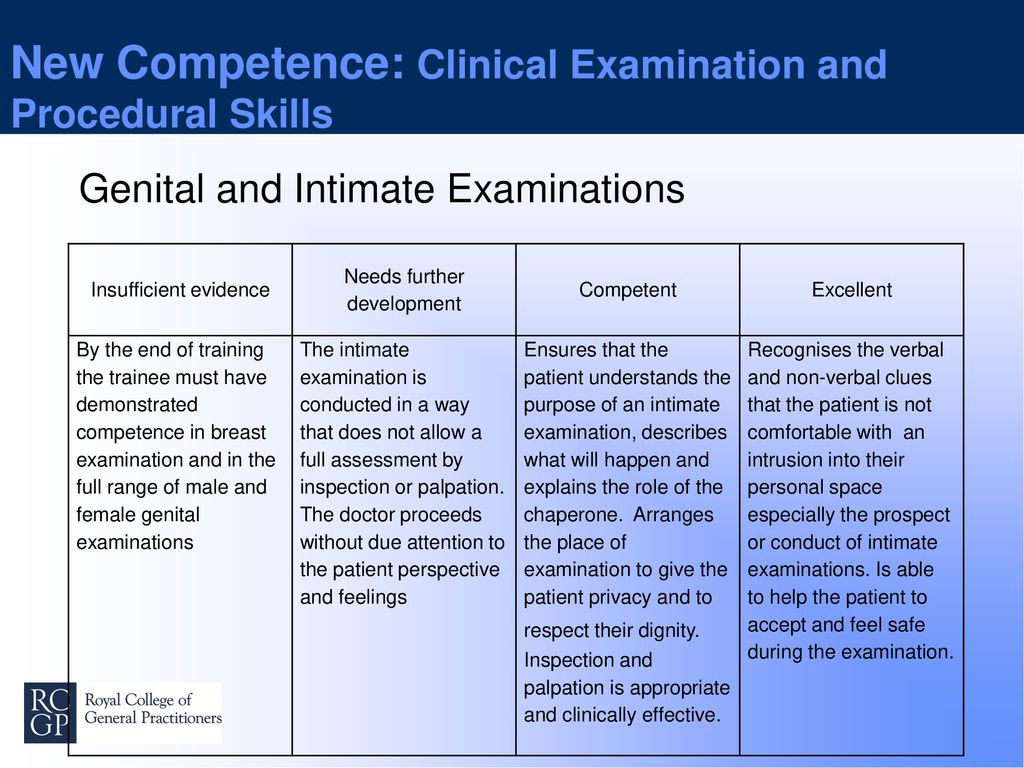 Now you can buy "talking" posters for learning the alphabet. With such a poster, the child can study on his own, because it is enough to touch one or another letter and the magic poster will name it and pronounce the corresponding word. nine0003
Now you can buy "talking" posters for learning the alphabet. With such a poster, the child can study on his own, because it is enough to touch one or another letter and the magic poster will name it and pronounce the corresponding word. nine0003
Begin to acquaint your child with letters from vowels. These letters in all alphabets, including magnetic ones, are made in red. Of course, we will not tell the child that there are vowels and consonants in the alphabet. We tell the kid that we will introduce him to magic letters, each of which has its own song. We show the child a letter, call it and sing the sound together with the baby. After the child has mastered the vowels, you can move on to the consonants. There is one small but very important secret here. When showing a letter to a child, we pronounce the sound, not the name of the letter. That is, "b", not "be"; "v", not "ve" and so on. This is necessary so that the baby does not get confused when it comes to reading syllables. nine0003
You need to master the letters gradually, three or four in a few days.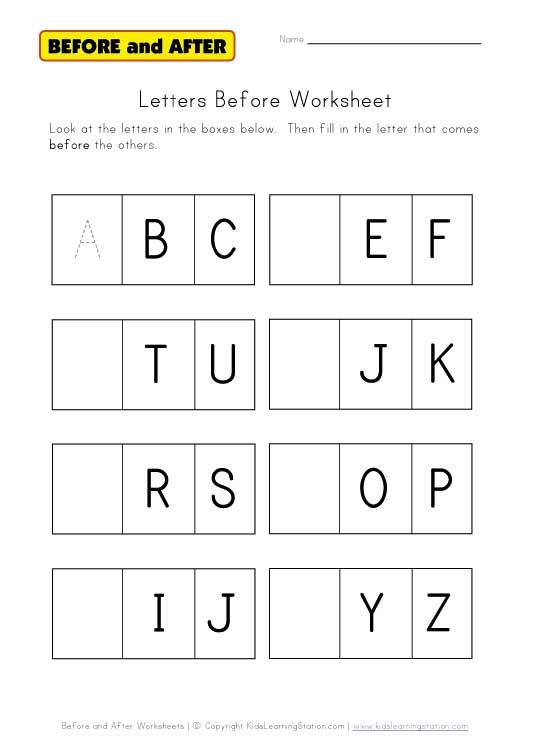 We show the letters to the child, and then we show creativity: we sculpt the letters from plasticine and dough (then we bake them in the oven, sprinkle with powdered sugar and eat tea with pleasure), draw the letters while bathing on the tile in the bathroom with special paints, spread them with peas or beans (at the same time and fine motor skills will be trained). For teaching young children, it is very important to use all sensory channels, then it will be more interesting and memorization is faster and more reliable. nine0003
We show the letters to the child, and then we show creativity: we sculpt the letters from plasticine and dough (then we bake them in the oven, sprinkle with powdered sugar and eat tea with pleasure), draw the letters while bathing on the tile in the bathroom with special paints, spread them with peas or beans (at the same time and fine motor skills will be trained). For teaching young children, it is very important to use all sensory channels, then it will be more interesting and memorization is faster and more reliable. nine0003
It is convenient to use the magnetic alphabet for various educational games. To learn the letters, you will need two or three sets. First, the letters can be viewed, touched, playing the game "What does the letter look like?". Then you can play with the letters of the magnetic alphabet like this: the child closes his eyes, the adult puts a letter in his hand, and the baby needs to determine by touch what kind of letter it is. Then the task can be complicated: you need not only to find out what kind of letter you have in your hand, but also to name the word that begins with this letter.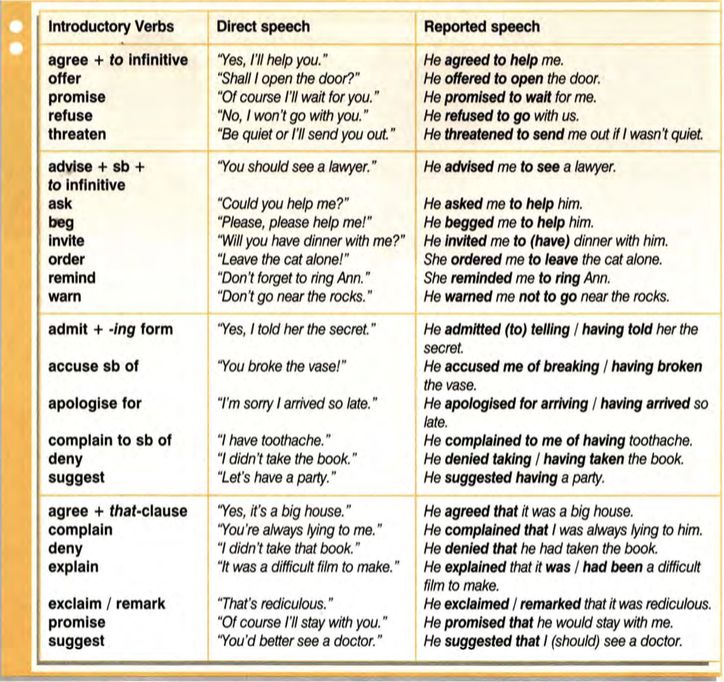 It will be much more fun to play if there are three or four players. You can also play with magnetic letters like this: report that the letters “a”, “o” and “y” are hidden in the room, for example, and ask the child to look for them. Again, it is more interesting to play such a game in a company. nine0003
It will be much more fun to play if there are three or four players. You can also play with magnetic letters like this: report that the letters “a”, “o” and “y” are hidden in the room, for example, and ask the child to look for them. Again, it is more interesting to play such a game in a company. nine0003
On the Internet you can find good educational videos with your favorite children's characters that teach letters (for example, "Luntik learns letters", "Aunt Owl's lessons") and show them to your child.
It's best to start reading syllables as soon as you start learning consonants. For example, we got acquainted with the letter "p". Further, we say that this letter itself cannot sing, it can only sing a song together with magical red letters (vowels). Then we show the child the cards and read the syllables “pa”, “po”, “pu” together. Immediately after the syllables, you can show the child simple three-letter words and start reading them: “poppy”, “juice”, “catfish”, “cap”. To work with syllables and simple words, you can make cards, as well as use the magnetic alphabet. nine0003
To work with syllables and simple words, you can make cards, as well as use the magnetic alphabet. nine0003
We use didactic games to reinforce our skills. They are sold online and in physical stores. And you can make such games yourself. For example, to consolidate the skill of reading simple words, you need to prepare cards with words and cards with their corresponding pictures (pictures can be found in magazines or on the Internet), cards with words and pictures should be placed face down on the table. Each player turns over a word card and a picture card. If they match, the player takes the cards for himself. nine0003
Learning the alphabet should be combined with drawing the letters that you and your child are learning. You can write letters on sand, snow or jam on porridge (using a confectionery syringe). Letters can be colored and, finally, learn to write them in special copybooks for preschoolers.
Another very interesting idea: as you learn the alphabet, create your own alphabet book with your child.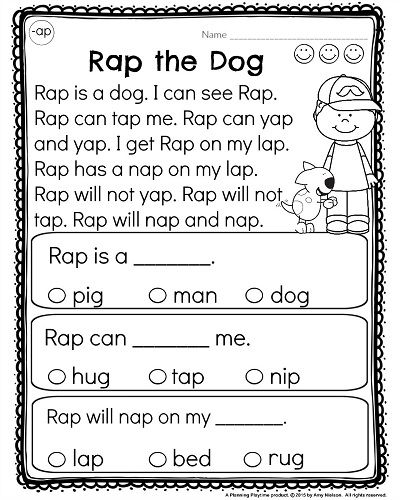 To do this, you need a thick album with dense sheets on a spring. In the album, the child can color the letters that he masters, paste pictures and photographs there. Such creativity will give the kid a lot of pleasure and then he himself will be happy to deal with his alphabet. nine0003
To do this, you need a thick album with dense sheets on a spring. In the album, the child can color the letters that he masters, paste pictures and photographs there. Such creativity will give the kid a lot of pleasure and then he himself will be happy to deal with his alphabet. nine0003
The final step in teaching a child to letters can be the acquisition of a children's computer with games and quizzes like the "speaking alphabet". It is better to go to the store for such a purchase with the child, having discussed the future purchase in advance. Let the kid take part in choosing his first computer, because for him it is very serious.
Teaching a child letters can turn into an exciting adventure if parents get creative with this task. Then, in addition to the fact that the letters will be learned, and the first steps towards reading have been taken, you will get one more, no less, and maybe even more important result - the kid will come to the conclusion that learning is very cool and interesting! nine0003
Almost all parents understand that the time will come when they will have to learn the letters of the Russian alphabet together with their child.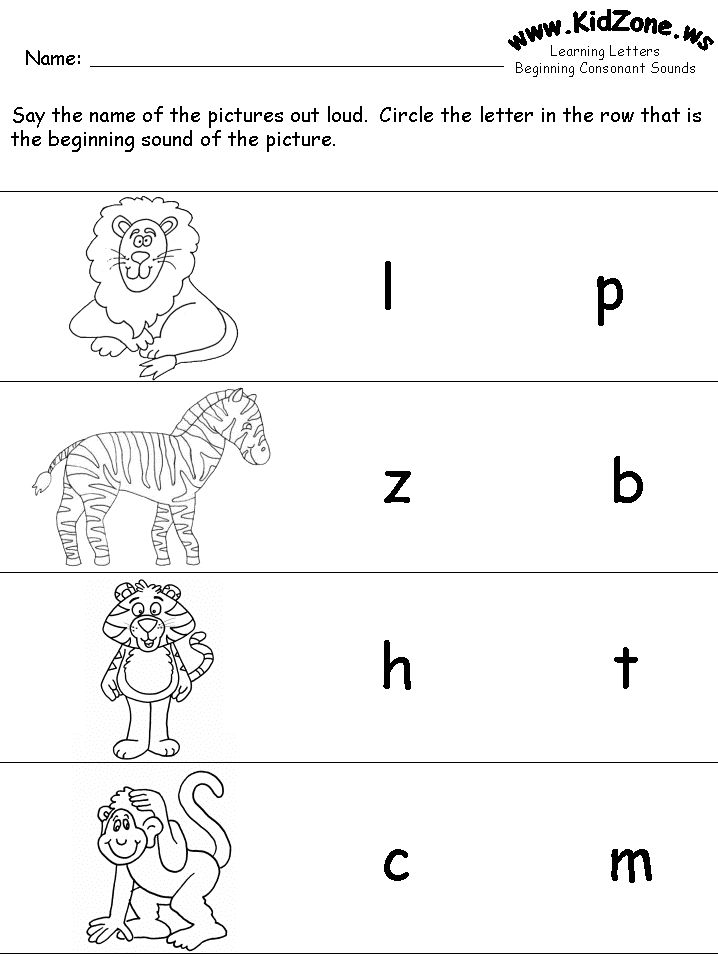 And they have a lot of questions. For example, at what age will learning be most successful? Or how to make classes interesting for children? And, in general, how to study it?
And they have a lot of questions. For example, at what age will learning be most successful? Or how to make classes interesting for children? And, in general, how to study it?
Children learn best through play
Alphabet learning can be started at any age. Some parents start learning the alphabet nine0060, when the little man was not even a year old. And many do not think about it before school. Of course, these are extremes. In the first case it is still early, in the second it is already too late. The optimal age for learning letters is 4.5–5 years. During this period, children develop the ability to analyze, interest in the environment greatly expands, and the ability to absorb information increases. It is at this time that the child may have a desire to learn to read.
Teaching aids
There are a lot of different methods, methods and exercises that make it easy for children to learn the letters of the Russian alphabet. These can be special coloring books, and computer games, and cutting out letters, sculpting them from plasticine, and even baking.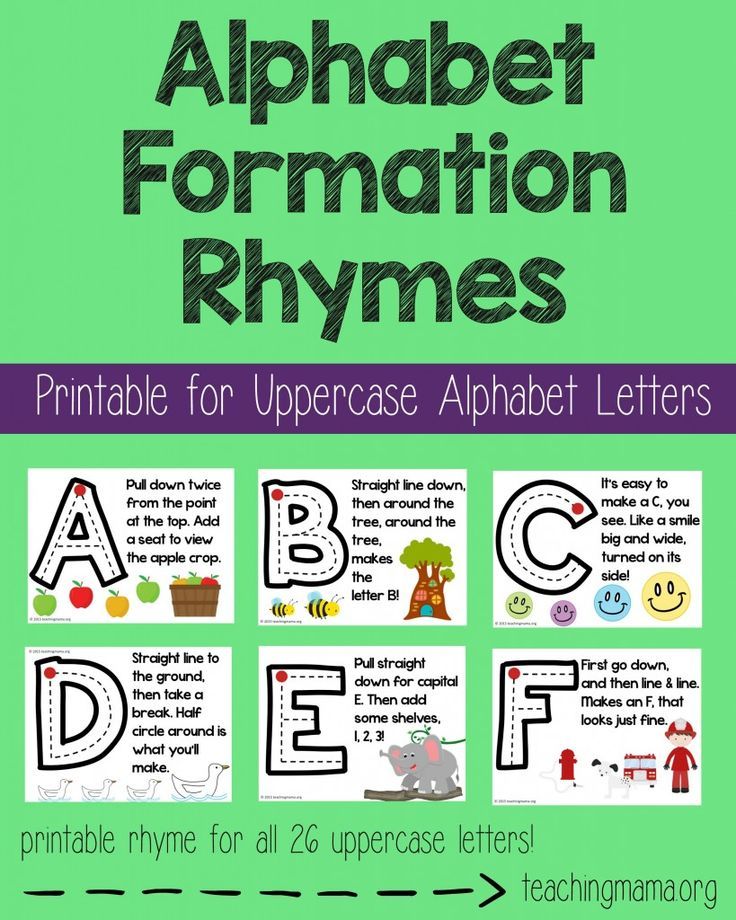
The original way to memorize letters
You can try this technique: first you need to memorize 10 vowels, they come in pairs and rhyme, so it will be easy to learn them: A-Z, U-Yu, O-E, E-E, Y-I. And then move on to consonants, which can also be divided into pairs, for example, deaf - voiced. There is also a method of studying sounds, not letters. nine0007
One of the most effective ways is singing. You just need to learn the song with the alphabet and constantly sing it. And this option is also popular: learning the letters of the Russian alphabet for children aged 5 years not with letters, but immediately with words.
Learning and memorization work best when visual memory is involved. Therefore, it will be very effective to cut out large letters and place them in a zone of constant visibility so that the child can get used to them and remember them. It is good that they are red, as this color attracts attention. In general, all tools, cards, materials used in training should be very bright, colorful, beautiful and attractive in appearance. nine0003
In general, all tools, cards, materials used in training should be very bright, colorful, beautiful and attractive in appearance. nine0003
Children have been proven to memorize the alphabet faster and easier if the letters are depicted as an animal. Or when a picture is drawn next to the letter. And then the letters will be associated in children with a certain image. For example, A with a watermelon or a stork, B with a drum, etc.
If you simultaneously teach your child to write the letters being studied, the effect will increase many times over.
Only no exams and forced imposition! All this should be interesting to the baby. Let the information flow slowly so that the child does not get confused and does not refuse to learn. It's just wonderful if the baby begins to be interested in letters on his own. And if not, then you need to awaken this curiosity in him. And temporarily postpone classes if, nevertheless, interest does not arise. nine0003
Each parent devotes all his free time to the development of his baby, using different methods.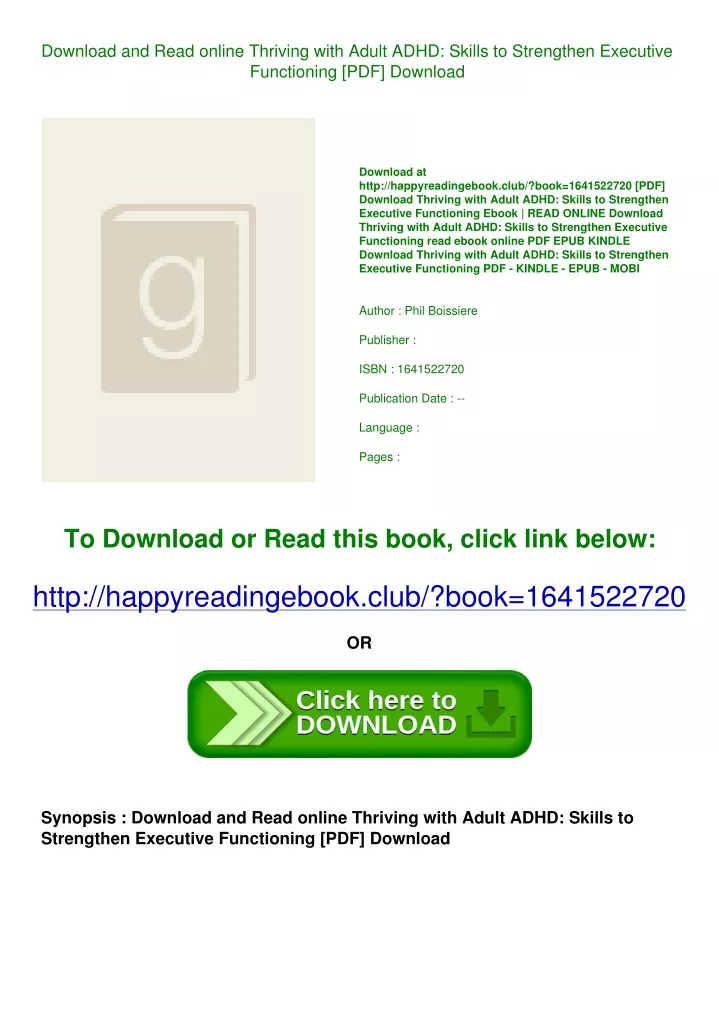 After some time, a parent usually has a fair question: how to teach a child the alphabet? By yourself or not?
After some time, a parent usually has a fair question: how to teach a child the alphabet? By yourself or not?
This article is for people over 18 years of age
Are you over 18?
At what age should you start training?
There is no single correct answer to this question, there are a lot of different theories and judgments about this. Some scientists support the opinion that early childhood (from 1.5 years old) is an excellent period to easily and quickly learn the alphabet, others adhere to the methodology of teaching children from 3-4 years old, and still others even talk about the advisability of learning the alphabet already in elementary school under the clear supervision of specialists and according to a specific program. nine0003
b"> Preparing to learn the alphabet
If you have made the decision to start learning the alphabet at an early age, it is worth preparing a little for such an important process. The main stages of preparation for preschool learning of letters:
- let the child independently choose a book to read together and turn the pages;
- be sure to tell what is shown in the pictures, what actions and emotions they depict;
- retell each other the read fairy tale or poem in simple language; nine0117
- get the necessary literature, alphabets and primers, cubes and other tools necessary for learning;
- learn different methods and ways of presenting information that will allow you to quickly and easily learn the alphabet at preschool age;
- choose the way of learning that best suits you as a parent, educator, and your child.
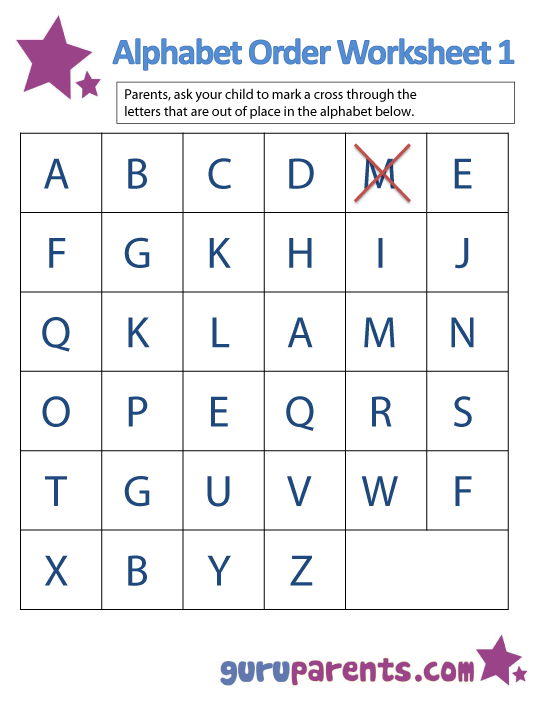
c"> How to learn the alphabet with a baby?
By nature, young children perceive and experience the world in a playful way. It is the game that is the most effective way to easily learn the alphabet and learn how to form syllables even before elementary school. There are several approaches to this fascinating process. nine0003
The most effective and common way to memorize letters is through visualization. Pictures with drawings and drawn letters or cubes are perfect for learning. Pictures can be hung and laid out around the room, showing them from time to time to the child and naming the letter and words that begin with it. Over time, the task can be complicated: cut the pictures into several parts, creating a small puzzle that the child will be interested in collecting. With cubes, you can build towers and castles, while looking for familiar components of the alphabet. At the same time, sounds can be “sung” in order to develop auditory perception. nine0003
No less effective for a child in learning the alphabet is a magnetic board with letters and numbers.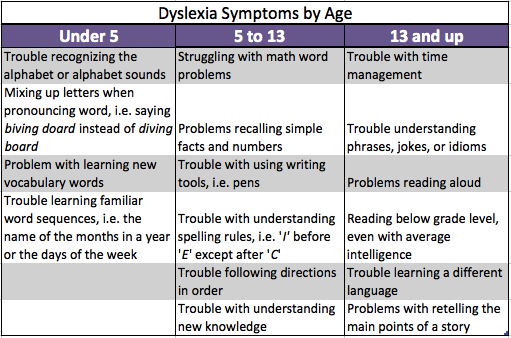 Letters can be placed both on the board and on the refrigerator or other suitable surface, make up syllables and words. This method teaches the baby to independence and perseverance, and also develops fine motor skills of the hands well.
Letters can be placed both on the board and on the refrigerator or other suitable surface, make up syllables and words. This method teaches the baby to independence and perseverance, and also develops fine motor skills of the hands well.
Another option for learning the alphabet are letters made by hand. They can be cut out of paper and painted, sculpted from plasticine or dough, baked, embroidered, or sewn from felt. So, in addition to learning the alphabet, the baby will be able to learn other useful things, and the process itself will be fun and entertaining. nine0003
d"> Learning letters after 3 years
At the age of 3-4 years, children become quite independent, but the game forms of perception of new information are also relevant. As they get older, kids become more assiduous, so they can study for longer during the day.
At 3-4 years old, you can safely draw and sculpt with a child, giving more and more freedom to imagination and directing energy in the right direction, put together the alphabet from small objects, mosaics, pebbles (at this age they stop putting everything in their mouths, so it disappears the need to keep small particles and toys away). nine0003
nine0003
A good way to quickly learn the alphabet is to conduct themed walks, when the child names all objects starting with a specific letter next to him. This will not only allow you to remember the desired sound, but also teach you how to speak correctly and expand the vocabulary of a preschooler.
If your child loves active games, then you can make a gymnastic alphabet together with him on the street, depicting different letters. This method not only strengthens the physical health of the baby, but also teaches ingenuity, quick reaction and imagination. Over time, you can complicate the task - not only show the components of the alphabet, but also guess those that one of you shows. If you find several like-minded people on the playground, you can add whole words and sentences. nine0003
Do not neglect the possibilities of modern technologies. To help parents, there are a lot of different cartoons, songs and fairy tales that facilitate the process of learning the alphabet.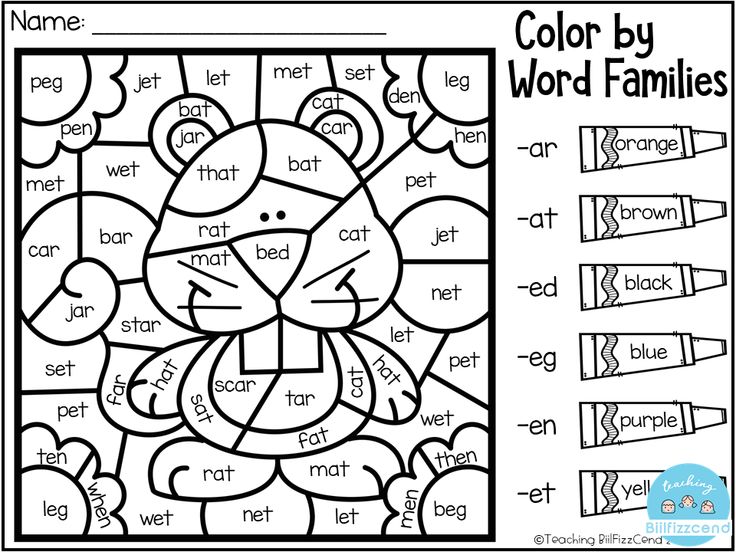 Together with regular activities and games, they will help you achieve the right result quickly and easily.
Together with regular activities and games, they will help you achieve the right result quickly and easily.
How to teach a child the alphabet at the age of 5?
At the age of 5, a child already understands the meaning of sounds and the alphabet in our life, knows what words, sentences and whole stories are made of. Therefore, his interest in reading is becoming stronger, which allows him to learn the alphabet in a very short time. nine0003
Books and notebooks that are used in primary school, interactive methods (programs on phones and tablets, games on the computer, speaking primers) are excellent for such children.
Five-year-old children easily memorize the alphabet, understand the difference between sounds and letters, make up syllables from blocks and pictures, mold them from plasticine and lay them out with small objects. A six-year-old child can already begin to learn the English alphabet.
At whatever age you decide to teach your child the alphabet, you should remember:
- lessons should not be long, 10-15 minutes a day is enough to start, but you need to study according to such a program regularly;
- classes should be in the form of a game, fun and unobtrusive;
- during the day you need to repeat the learned material, naming words with familiar letters;
- name sounds, not letters (“k”, not “ka”, “m”, not “eat”) so that the child does not have problems with syllables in the future;
- learn the alphabet according to a specific method, systematically, using manuals recommended for preschoolers; nine0117
- you can’t show your child your discontent or irritation, scold and punish the baby if something doesn’t work out for him, the basis of successful classes is the patience and understanding of parents;
- let your child look at books by himself, read his favorite fairy tales and stories.

And the main thing in this matter is the correct result, and not the speed and amount of learned material. Classes should bring pleasure to you and the child, but if he does not show interest in what you are explaining, postpone this undertaking for another time, when it will be more effective and dynamic. nine0003
Skills such as reading and writing are used daily by most adults without a second thought. But once each of us got acquainted with the wonderful world with a child of 5 years old and is it worth starting learning the alphabet at an earlier age?
When is it time to get acquainted with letters?
The topic of early development is incredibly popular these days. Many supporters of learning from the cradle advise introducing babies to the alphabet no later than the first birthday. Indeed, almost all children at an early age are real geniuses. With regular classes, by the age of 2, a child can be taught a lot. But remember that without regular repetition of the material covered, the baby will soon forget it. nine0003
nine0003
At what age is it most useful to learn letters? The best option is to start learning letters at about 4-5 years old. It is at this age that the baby has a rich vocabulary and knows a lot about the world around him. After learning the alphabet with him, you can move on to the basics of reading and writing. Regularly using the acquired knowledge and deepening it, the child will definitely not forget the letters.
Secrets of successful learning of the alphabet
Any activities with a preschooler are productive only if the student is interested. Before introducing the baby to the world of letters, he should be interested in this topic. Try to read to your child more often. Talk about how, having learned the alphabet, he will be able to read any book or even his father's newspaper. It is also useful to remind from time to time that you can read not only exciting stories, but also useful encyclopedias. And most importantly - inspire the child by personal example.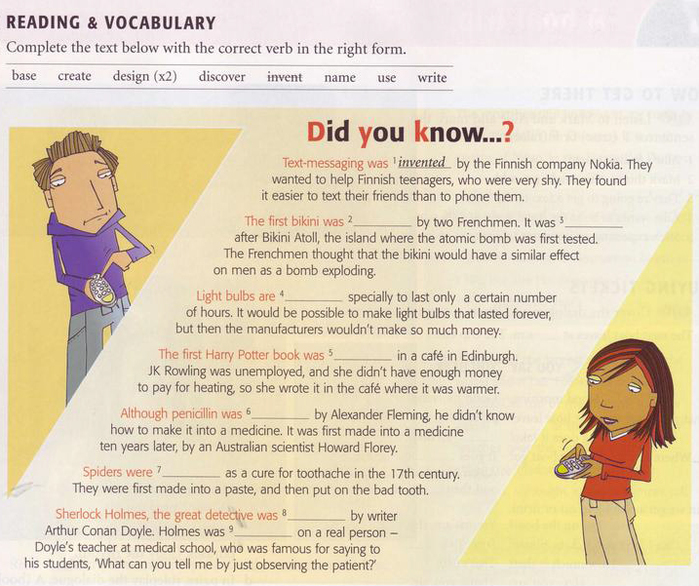 Almost always in families where adults read books, kids learn to write and read with great pleasure. nine0003
Almost always in families where adults read books, kids learn to write and read with great pleasure. nine0003
How to learn the alphabet with a 5 year old, you ask? Start with games that introduce letters. Do not try to organize classes like school lessons, most likely the child will be bored. Teachers also do not recommend forcing kids. If learning becomes a duty, interest in it is unlikely to continue.
Creating the right learning environment
It is useful to use to facilitate the process of assimilation of new information Add some letters to the interior of your own apartment and children's room. You should not turn the whole house into one continuous alphabet, the baby can get tired of an overabundance of information. Letter puzzle rug, decorative pillows with the name of the child, large clear inscriptions in the interior in moderation are incredibly good. Watching such details every day, the baby will begin to show interest in them on his own. And this is a great opportunity for parents to talk about the letters and name each of them.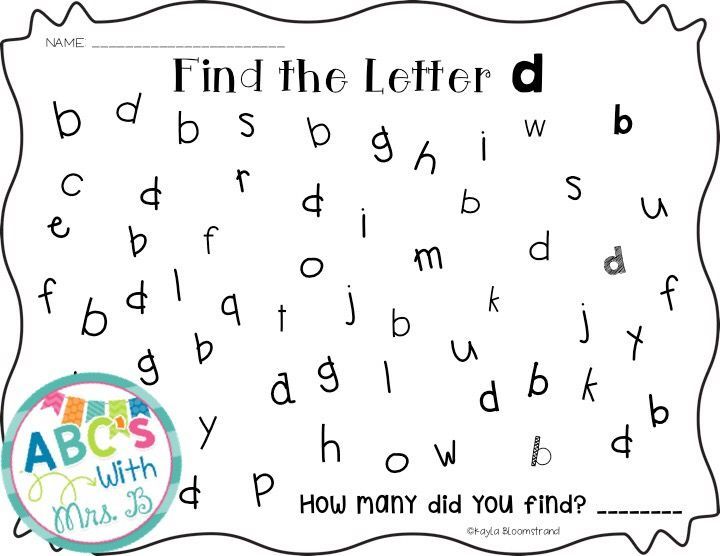 nine0003
nine0003
Do you know the correct pronunciation of the Russian alphabet for children? Many modern experts advise learning not the names of letters, but sounds. This is necessary so that later it will be easier to teach the child to read. The simplest are vowels, consisting of one sound. And the most difficult are hissing consonants and vowels, consisting of two sounds. Don't try to learn the whole alphabet at once. It is much more productive to master 4-6 letters, and then move on to the next group. nine0003
Fast memory associations
Toddlers pay attention to objects and images in bright colors that they think are attractive. It is believed that the letters of the alphabet for children should be written in red. You can make them stylized, draw eyes or turn them into real animals. Learning such an alphabet will be much more interesting than the usual one.
One of the classic teaching aids for preschool children is letters with pictures. The task of parents, when using it, is to explain that the letter character denotes the first sound of the word depicted graphically.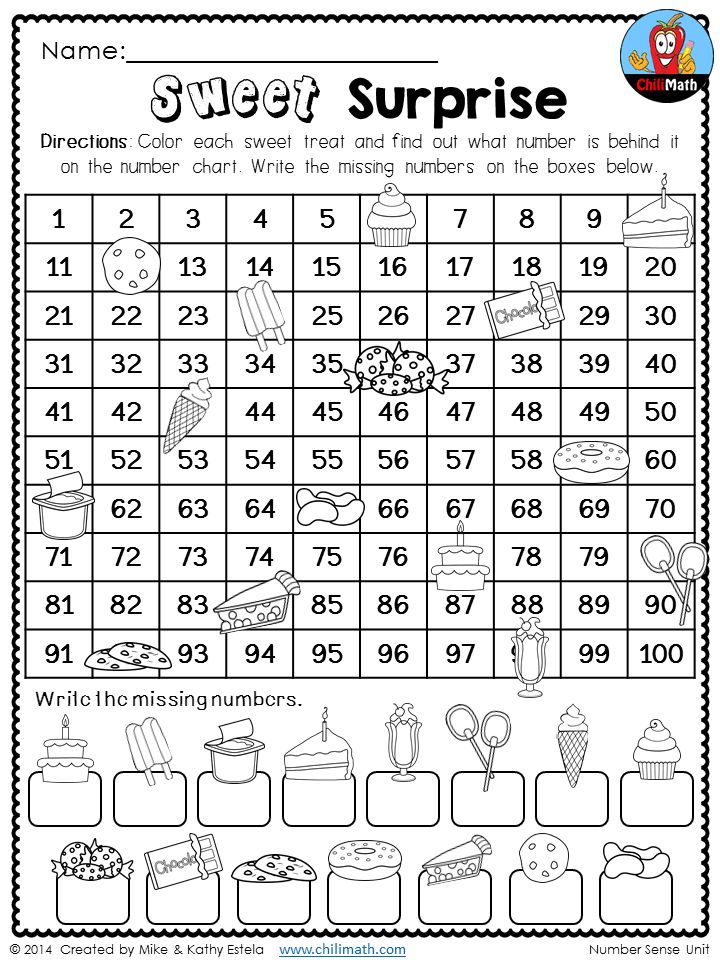 The alphabet in pictures should be in every kid who is just getting acquainted with the world of letters. Pick up an alphabet book in a similar design, cubes or cards. If desired, such a manual can be made by hand. Cut out cards of suitable size from thick cardboard and draw or paste letters and pictures on them. nine0003
The alphabet in pictures should be in every kid who is just getting acquainted with the world of letters. Pick up an alphabet book in a similar design, cubes or cards. If desired, such a manual can be made by hand. Cut out cards of suitable size from thick cardboard and draw or paste letters and pictures on them. nine0003
Writing letters
The easiest way to help your child repeat and remember letters is to ask them to write them. At the beginning of the lesson, invite the child to repeat what the mother draws. As you memorize the letters, ask them to reproduce them from memory. You can draw with colored pencils, felt-tip pens or paints. Encourage your child to use chalk to write letters on a special board or outdoors. A fun alphabet can be drawn with special paints in the bathroom on the tiles while swimming. On a walk, offer to write with a twig in the snow or sand. nine0003
Despite their simplicity, these activities are incredibly effective. Alternate materials and techniques for writing letters, and then your baby will be happy to study every day.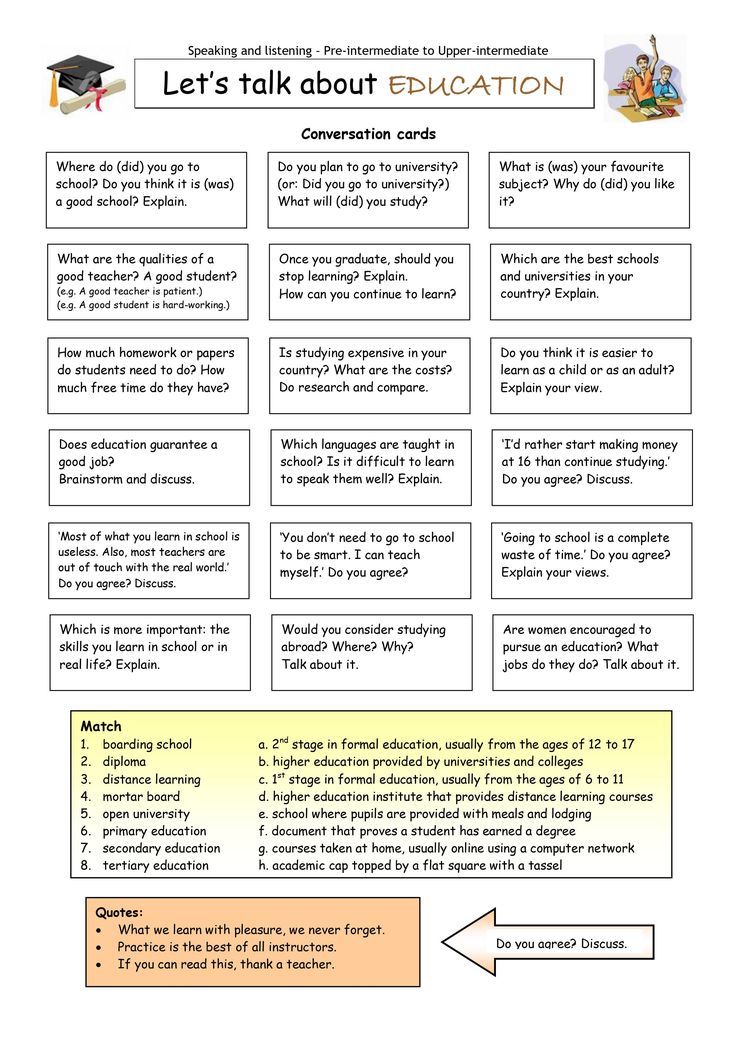
Educational creativity
Do you know that letters can not only be written? Try to make them using various techniques: sculpt from plasticine, cut out of paper. How to learn the alphabet with a child 5 years old yet? One of the most enjoyable and effective ways is to invite the baby to make his own alphabet. The smallest can simply color in large printed or drawn letters. nine0003
Another kind of creativity, loved by all children without exception, is appliqué. Invite your child to stick the letters cut out of colored paper on the background sheet or collect them from separate strips. You can also draw the desired shape on the base and glue it with small multi-colored pieces of paper.
Experiment and create with different techniques. Make all the letters, and hang the resulting cheerful alphabet in a conspicuous place and repeat from time to time.
Repetition is the mother of learning
No less effective than directed lessons is the repetition of the material covered between times. Try to read fairy tales to your child every day. Draw your child's attention to the highlighted capital letters and name them. Many children enjoy looking at magazines and catalogs. Offer to look for the most if desired, they can even be cut out and then used for applications or composing words. Find poems and songs about the alphabet and learn them with your baby. You can also come up with fairy tales together, the main characters of which will be letters. It is easy to repeat the alphabet while walking or shopping. We see bright signs and advertising posters at every step. Read them together or name individual letters. nine0003
Try to read fairy tales to your child every day. Draw your child's attention to the highlighted capital letters and name them. Many children enjoy looking at magazines and catalogs. Offer to look for the most if desired, they can even be cut out and then used for applications or composing words. Find poems and songs about the alphabet and learn them with your baby. You can also come up with fairy tales together, the main characters of which will be letters. It is easy to repeat the alphabet while walking or shopping. We see bright signs and advertising posters at every step. Read them together or name individual letters. nine0003
Useful alphabet learning aids
Today you can find a lot of manuals and themed toys for teaching alphabets to kids. Which of them to choose? Be sure to get the alphabet in pictures - it can be cubes, cards or a book. It is important that all letters are arranged in the correct sequence and that there is a thematic drawing next to each of them.
Many moms love the interactive ABC posters.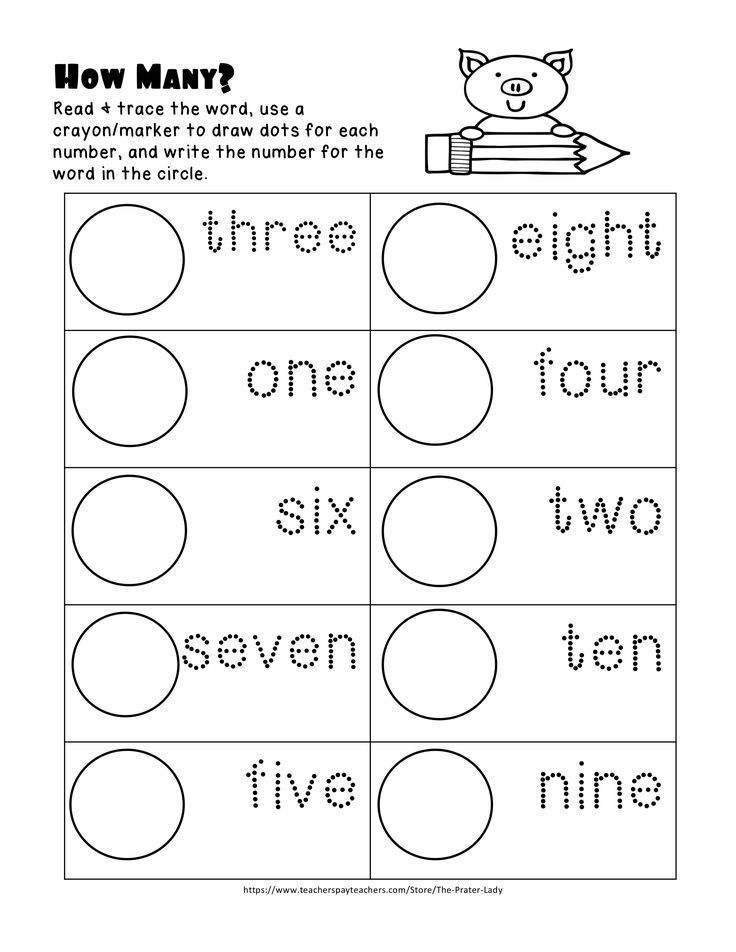 Such an educational toy is hung on the wall. The poster is convenient in that the baby can work with him at any time of his own free will. Interactive alphabets today can not only name letters when pressed, but usually have additional functions. For example, learning rhymes and tongue twisters. Traditional cubes or sets of magnets will also be useful when studying letters. nine0003
Such an educational toy is hung on the wall. The poster is convenient in that the baby can work with him at any time of his own free will. Interactive alphabets today can not only name letters when pressed, but usually have additional functions. For example, learning rhymes and tongue twisters. Traditional cubes or sets of magnets will also be useful when studying letters. nine0003
Now you know how to learn the alphabet with a 5-year-old child, we wish you productive learning!
When it's time to send a kid to school, his life enters a completely new phase, with which carelessness ends and everything has to be answered in an adult way. But how the child will perceive the changes that have come: with joy or fear, depends on the mood that parents who have their own idea of education can provide. Here it is very important not to let the novice student get confused, drown in the still unfamiliar sea of classwork, homework and school requirements. The first step to solving the problems that have arisen will be a preliminary study of the alphabet.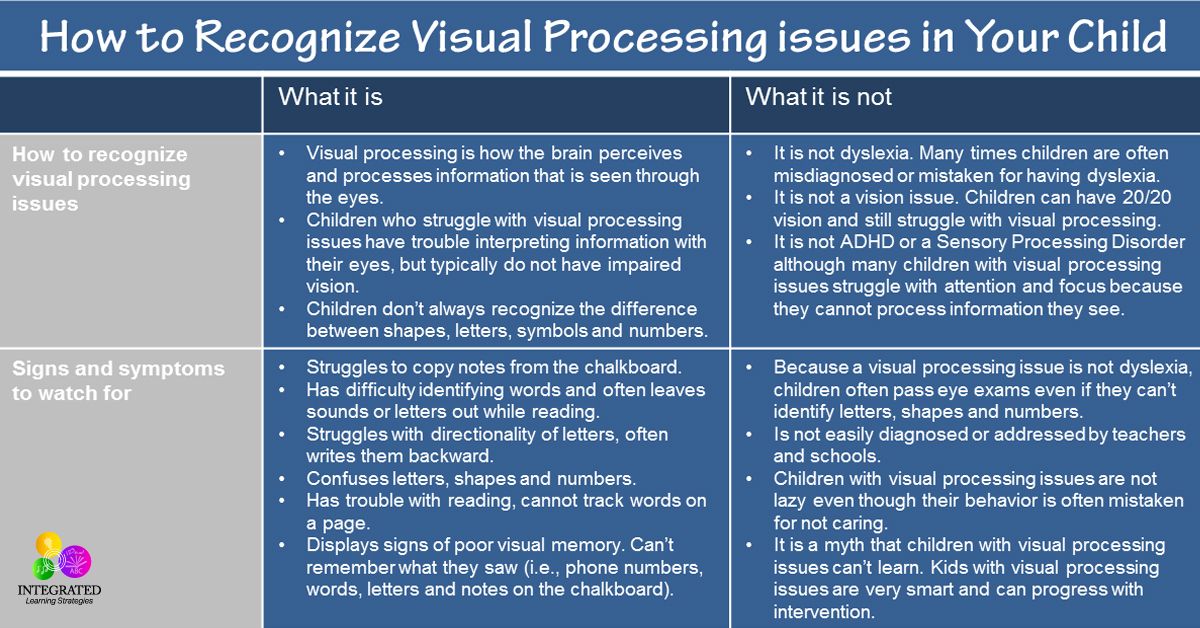 But how to do it right, so as not to completely discourage the desire to learn? nine0003
But how to do it right, so as not to completely discourage the desire to learn? nine0003
In this case, there are no recommendations that are equally effective for all cases of life. This requires an individual approach when you have to pay attention to the developmental features of each individual child. There are times when a baby is ahead of his peers in terms of mental development, and therefore masters the alphabet at 3 years old, or even earlier. If some kids cope with the task easily and quickly, then others may not be ready for the difficulties of learning. Only practice will help answer such questions. nine0003
Irrespective of the age at which education starts, there are a number of rules that must be followed:
- study with pleasure;
- activities that bring joy and good mood;
- regularity of training.
Considering the age of the baby, one can hardly count on a serious attitude to the process of learning the alphabet. You can’t combine a cheerful mood and joy with study if you rely on boring sitting at the ABC.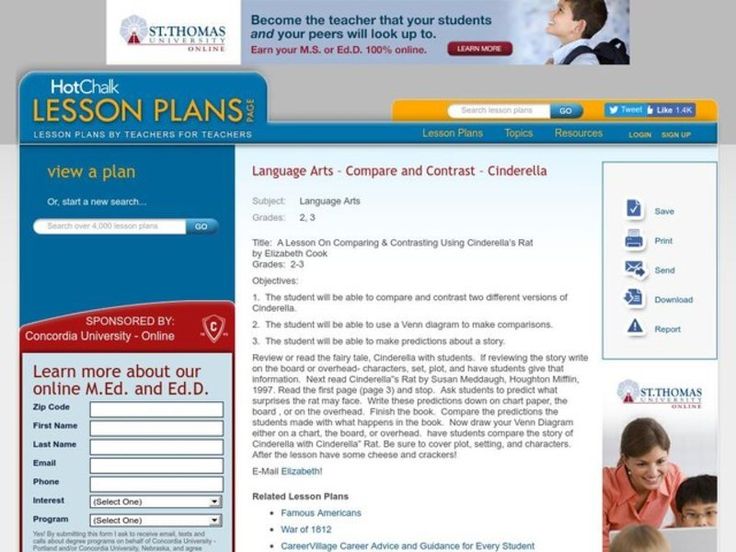 Only a game can save the case, into which it is necessary to transform the lessons leading to the interest of the preschooler. In this case, it is important to touch on exactly the topic that is most interesting to a particular kid and in many ways resembles his hobby. In this task, there can be no restrictions on the imagination shown by parents who know all the nuances of the behavior and interests of their children. nine0003
Only a game can save the case, into which it is necessary to transform the lessons leading to the interest of the preschooler. In this case, it is important to touch on exactly the topic that is most interesting to a particular kid and in many ways resembles his hobby. In this task, there can be no restrictions on the imagination shown by parents who know all the nuances of the behavior and interests of their children. nine0003
Learning the alphabet through the game "Cards"
This approach to learning the alphabet will please not only simple, but also effective. The whole point of this method lies in the love of the kids for bright patterns that complement the letters and words placed on cards with an intricate and colorful design. Through the attractiveness of the picture, the preschooler shows the wonders of visual memory, along with which memorization by ear comes into play. It is this tandem that allows us to achieve the expected results. nine0003
As for buying these same cards, you can find them in any bookstore or outlet specializing in goods for children.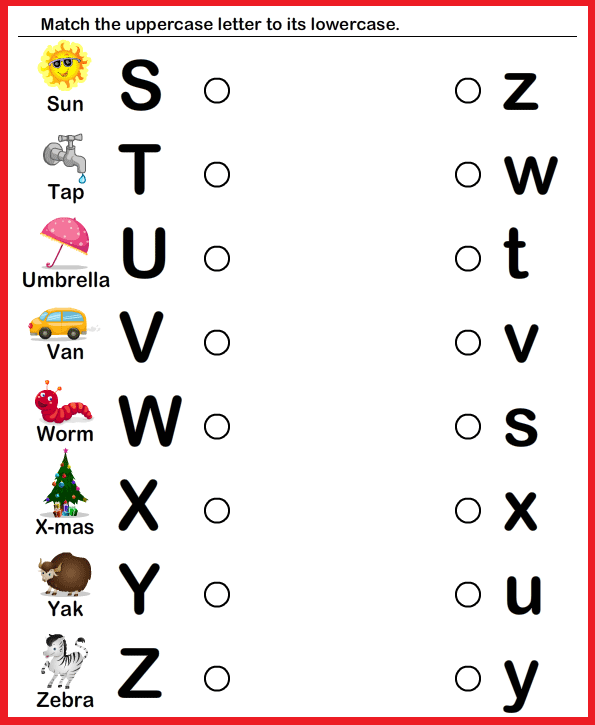 If you wish and have some skills, you can start making cards with the alphabet on your own, or even with the participation of a child.
If you wish and have some skills, you can start making cards with the alphabet on your own, or even with the participation of a child.
It can also be helpful when using the alphabet to use toys that a particular child especially likes. In this case, it is necessary to teach the child to substitute cards with letters for toys, focusing on their names. To arouse the increased interest of the baby, do not be afraid to diversify such activities. nine0003
A way of learning with the help of the alphabet
Due to the variety of equivalent variants of the same alphabet, you can always choose the analogue that is most suitable for a young individual. Is your child addicted to music? On sale there are a lot of offers with a musical bias, the diversity of which lies in the difference in the set of components of the corresponding direction. With an increased interest of your descendant in automotive or some other topic, you will also not have to experience special difficulties with searches.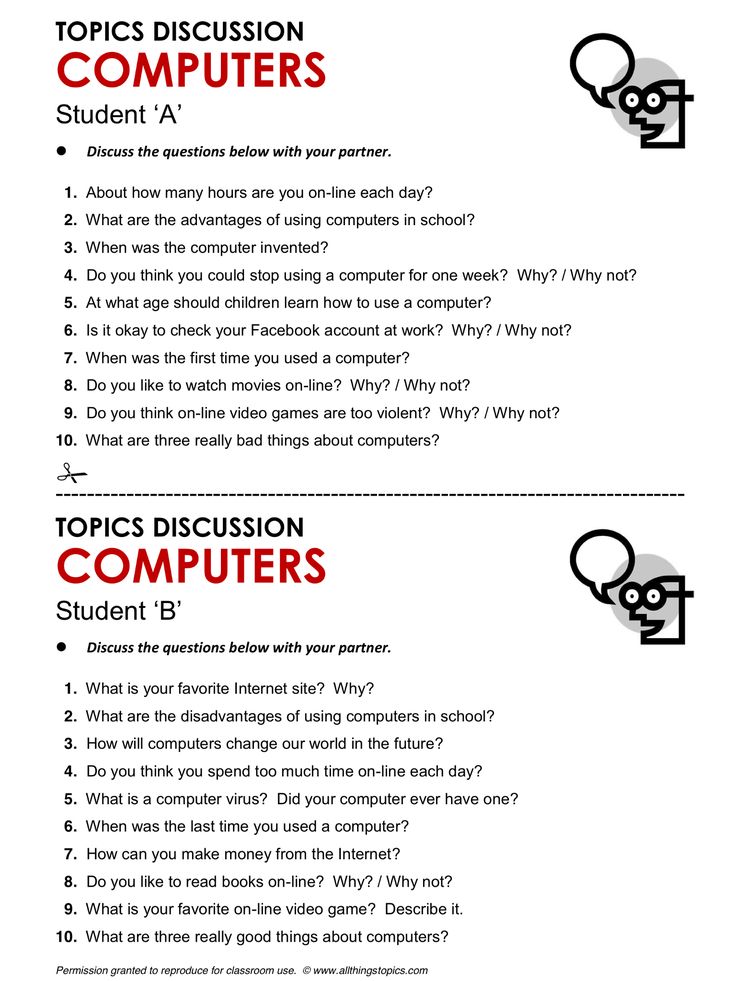 nine0003
nine0003
In addition to preventing boredom, parents should avoid being too strict and serious. It would be more correct to play along with your child, which gives him the opportunity not only to feel comfortable, but also to see in the parent not a strict teacher, but his best friend. In order to avoid fatigue, adults need to learn the art of alternating study and rest. Do not want to tightly connect training with hatred for it? Do not force your children to study against their will.
Educational interest materials nine0003
There are many different ways to add interest to learning the alphabet. You just need to be ready to discard the hardened old methods and give free rein to the fantasy that diversifies the educational process. For example: the child will definitely like the composition of poems and songs. Or maybe he will be interested in playing all kinds of scenes?
Good results will also bring the game with the use of foreign objects. For example: the search for a particular thing, the name of which begins with the letter being studied.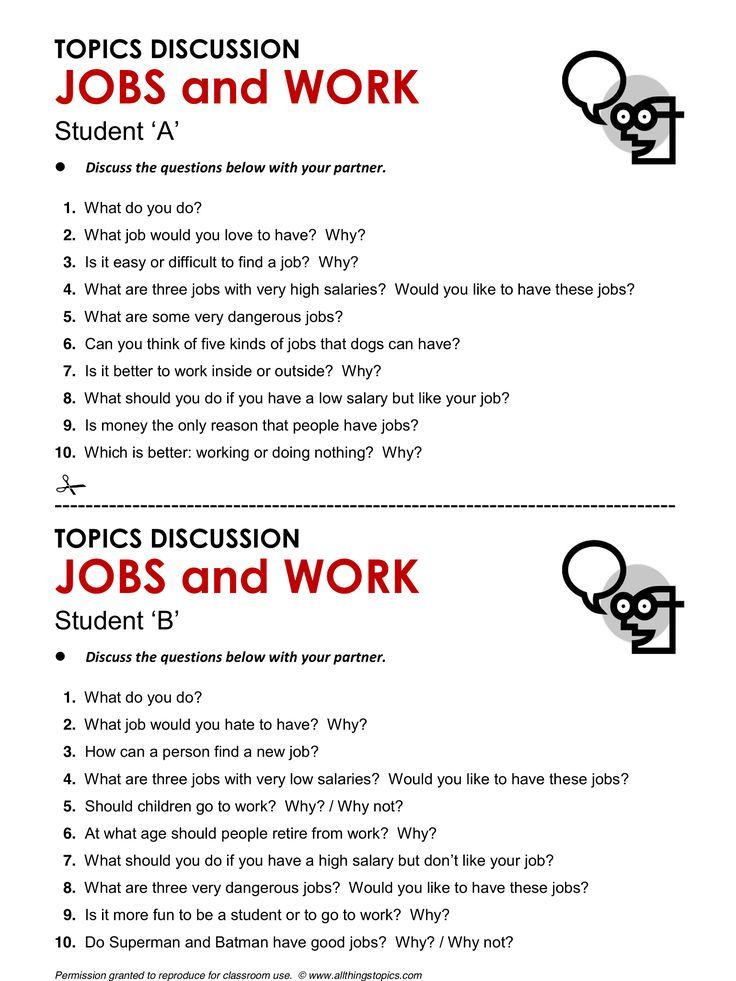 The external similarity of objects with the outlines of individual letters can also work on learning the alphabet. nine0003
The external similarity of objects with the outlines of individual letters can also work on learning the alphabet. nine0003
Regardless of the effectiveness of the methods used or games that help achieve the desired results, the regularity of classes is put in the first place. The lack of consistency in lesson planning inevitably leads to a loss of interest and forgetting the wisdom already mastered.
10 tips to use when learning the alphabet
How to teach your child to count
1766
Learning numbers with a child and teaching him to count is not an easy task. But any parent knows that you need to get acquainted with mathematics at a preschool age. If a kid at 5-6 years old masters the composition of the number and counting within ten, then it is more likely that at school it will be easier for him to cope with tasks.
How to interest a child in mathematics?
First, follow the basic rules:
- 1.
-
develop attention, memory, thinking, speech - namely, this is the basis for successful schooling;
- nine0002 help to learn letters and numbers, learn to read, count, solve examples and problems, get acquainted with the basics of the world around;
-
provide quality preparation of the child for school;
-
allow primary school students to master and consolidate the most important and complex topics of the school curriculum;
-
broaden the horizons of children and in an accessible form introduce them to the basics of various sciences (biology, geography, physics, chemistry).
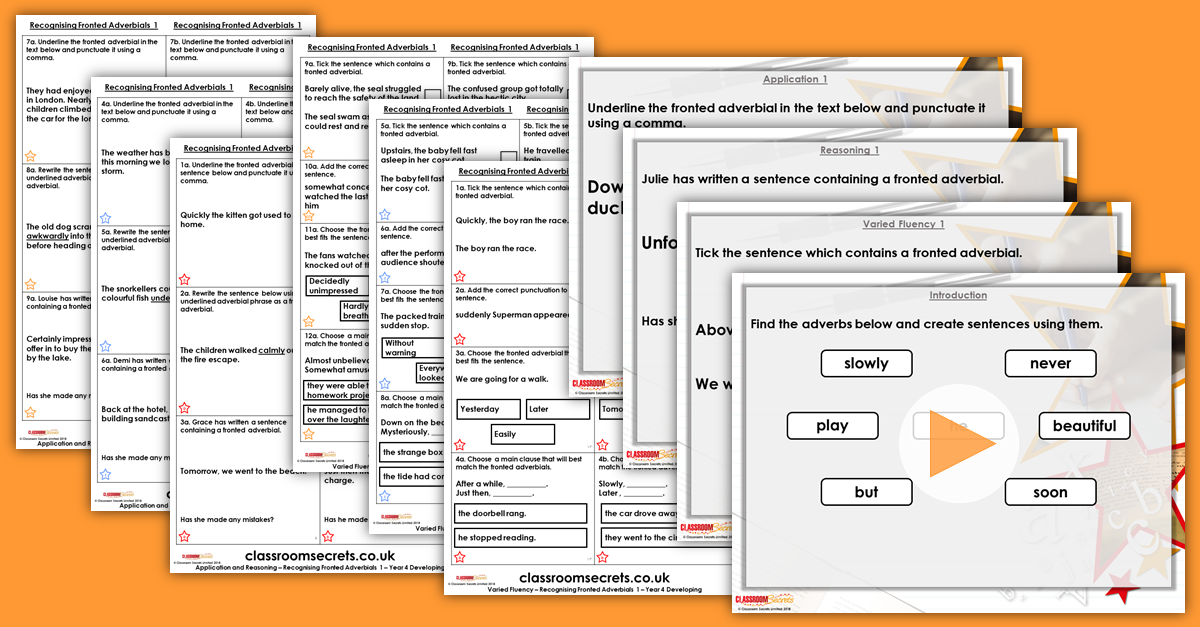
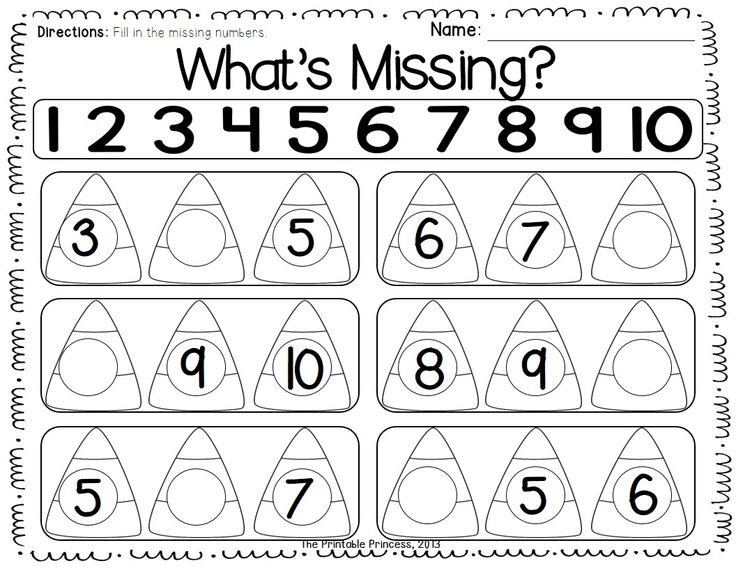 It is better to learn numbers and numbers not at the table, but in the game or immediately in practice. For example, have the child count the ingredients for a cake or a button on a shirt. nine0128
It is better to learn numbers and numbers not at the table, but in the game or immediately in practice. For example, have the child count the ingredients for a cake or a button on a shirt. nine0128 - 2. Practice when the baby is in a good mood. Try to evoke positive emotions in him. So the information is better remembered.
- 3. First, choose easy examples so that the child can cope with them. And when he successfully masters the first task, he will definitely want to repeat the success. At the same time, do not forget to praise the child.
- 4. Practice constantly, each time using something new. This is how you maintain interest and form a habit. nine0128
- 5. If the child fails to solve the task - do not get annoyed, but try to explain in practice. After all, the main thing in 5 years is not to learn the basics of mathematics, but to form an interest in studying it in the future.
How to learn numbers:
Draw and hang in the child's room a number series from 1 to 20.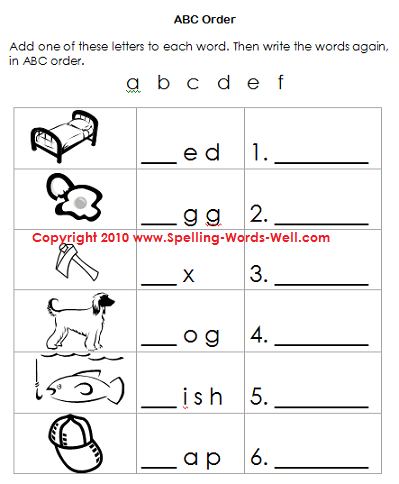 It will always be in front of your eyes and will be remembered. Play the game of "jumping finger": point your finger in a chaotic order of the numbers from this row and ask for a number. Draw separate cards with numbers from 1 to 20 and ask the child to name them. In the first case, the baby remembers the ordinal arrangement of numbers, and in the second, he learns to recognize them randomly. nine0003
It will always be in front of your eyes and will be remembered. Play the game of "jumping finger": point your finger in a chaotic order of the numbers from this row and ask for a number. Draw separate cards with numbers from 1 to 20 and ask the child to name them. In the first case, the baby remembers the ordinal arrangement of numbers, and in the second, he learns to recognize them randomly. nine0003
Make these cards: draw a number on dark cardboard with PVA glue, dip in semolina and dry. We work with these cards like this: the child circles the number with his finger as it should be written according to the rules, and pronounces the association aloud. For example, the number 1: first draw a tail with your finger from the bottom up, and then a straight stick down, saying: "Beak, leg." For numbers 2 - "Head, neck, tail"; 4 - "Back, seat, leg", etc. Come up with your own associations to better remember. In this exercise, children visually see the number, feel it tactilely, remember the spelling, speak out loud and reinforce it with associations.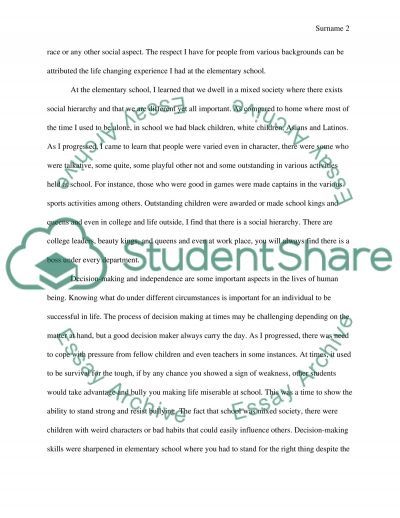 nine0003
nine0003
You can get acquainted with the numbers and complete tasks online to consolidate knowledge on our website in the "Counting and Numbers" section.
How to teach counting:
In order for a child to learn to count, he must master the composition of the number, that is, understand that the number 5, for example, consists of a combination of the numbers 2 and 3, 1 and 4, etc. And for this, we first show the numerical value of the number 5 on real identical objects. For example, 5 is 5 spoons, apples, etc.
Play the game "Let's share" as often as possible. Take 5 sweets and offer to share between two. Ask the child: "How will we divide the sweets? How much will you take for yourself, and how much will you give to me?" Show that 5 sweets can be divided like this: 1 for mom, and 4 for baby, 2-3, 3-2, 4-1. And be sure to show that you are not counting empty numbers, but numbers that represent real candies. nine0003
You can also play this game: take 5 buttons (or other small items), first show the child that there are 5 of them, count with your finger.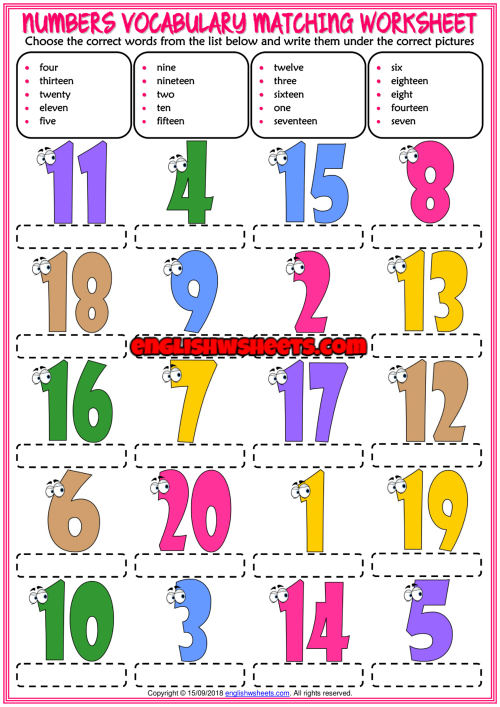 Then hide your palms with buttons behind your back and ask the child: “If I have 2 buttons in my right hand, how many in my left?” And then invite the kid to ask you a riddle. Guessing, sometimes "make mistakes" - children love to "catch" adults on mistakes.
Then hide your palms with buttons behind your back and ask the child: “If I have 2 buttons in my right hand, how many in my left?” And then invite the kid to ask you a riddle. Guessing, sometimes "make mistakes" - children love to "catch" adults on mistakes.
Having mastered the composition of the number, the child will easily understand the basics of addition and subtraction.
nine0002 Tasks for ordinal counting and comparison for preschoolers are recommended to be completed on the page "Assignments in mathematics for children 5-6 years old."Did you like it? Share with friends:

